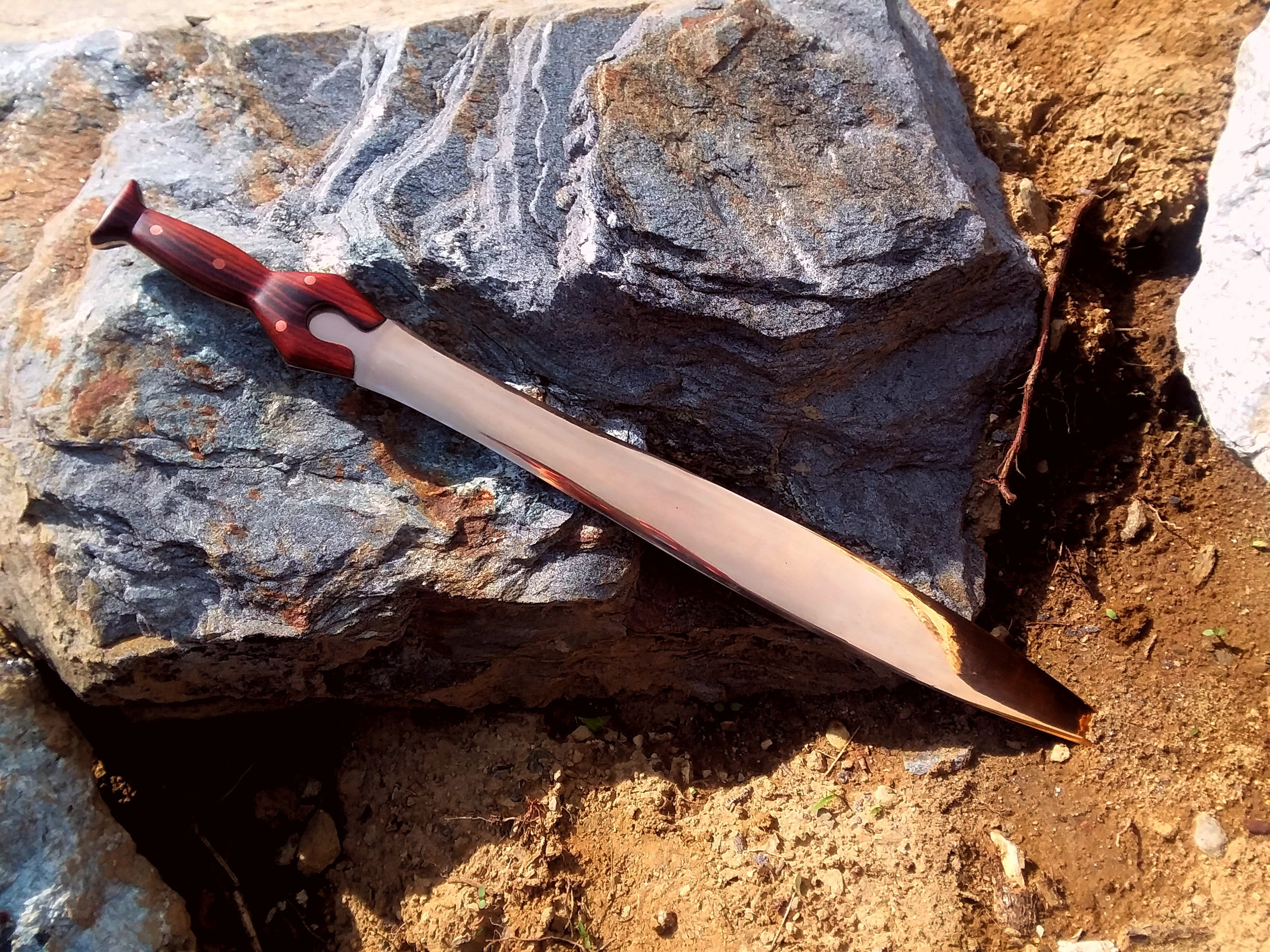Perhaps this could be more accurately titled "heavy war arrow project," but I digress. This all was inspired by a for sale post from a gentleman I saw a while ago where he said he was selling his beautiful Manchu style bow because he was unable to source sufficiently heavy arrows for it. So this series of blog posts, which will only be on our website (not on our Facebook), we'll go through the trials and tribulations of making super high mass arrows. And before people ask, no, at this time we have no plans on selling complete arrows. We're really not set up to manufacture arrows large scale, so the labor, low volume materials, and thus price would be unreasonable. However, depending on how things go, we may sell raw shafting and/or a few other parts to go with it.
So where to start? Well, given our science-forward way, lets start with a little research and some math. First off, how large do we need these arrows to actually be? I turned to two sources for this. The first is Peter Dekker's, who is an invaluable resource. THIS ARTICLE gives a fantastic overview. We find they are 92-105cm (36-41 inches) in length and can weigh as much as 100 grams or >1500 grains. These things really are more mini-spears than arrows it seems.
For confirmation of these numbers, I ended up at Cinnabar Bow and Manchu Bows. In both cases, the Manchu bows allow a 36" draw, and given historical images a fair bit of arrow is expected to remain in front of the bow. Weight-wise Manchu Bows states a minimum grains per pound, henceforth GPP, of 12 while Cinnabar 8% higher at 13. Manchu Bows does however recommend between 13-15GPP. If 50#s were to be considered typical, a 600 grain arrow would be required, but a 750 grain arrow recommended. That said it is often suggested, but never cited, that the Manchu bow design doesn't start to generate significant benefit until one is over 80 pounds draw. That would require 1000 grain arrows, 1200 being optimal. So if we subtract off 150 grains for a point (I am assuming most people shoot targets, so want a target point not a spear head) and divide the remainder by 40 inches, we come out at 26.25 grains per inch. for optimal shooting with an 80 pound Manchu bow. Alright, that is somewhere to start.
Researching inexpensive arrow woods, I came across poplar. Poplar has the advantage of being straight grained, durable, and comparatively inexpensive. Certainly as compared to cedar which, if purchased in something other than bulk, costs over 1$ per shaft in lumber alone for normal sized shafting. So I acquired a few relatively knot free, straight grained, good looking boards and here we go.







